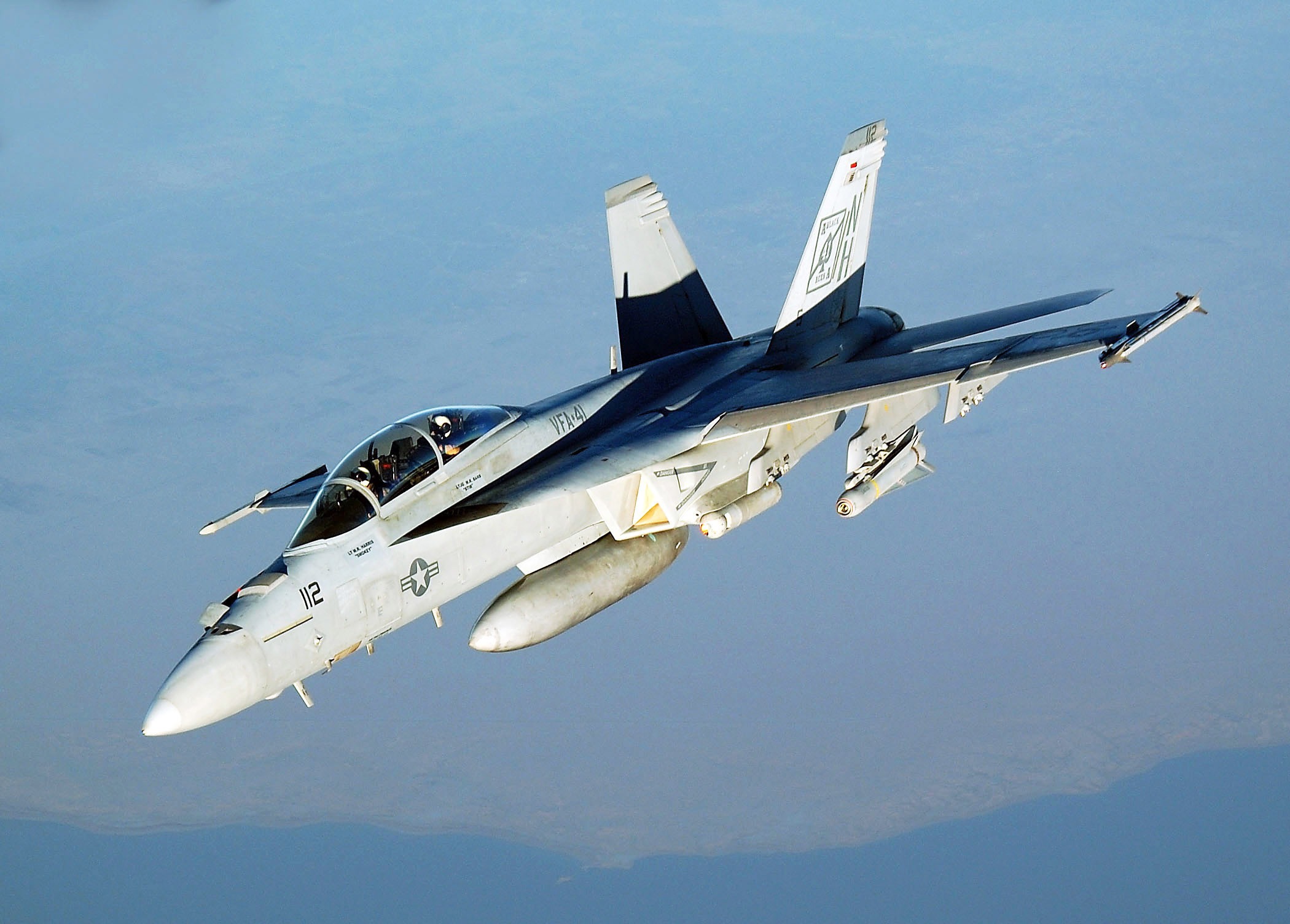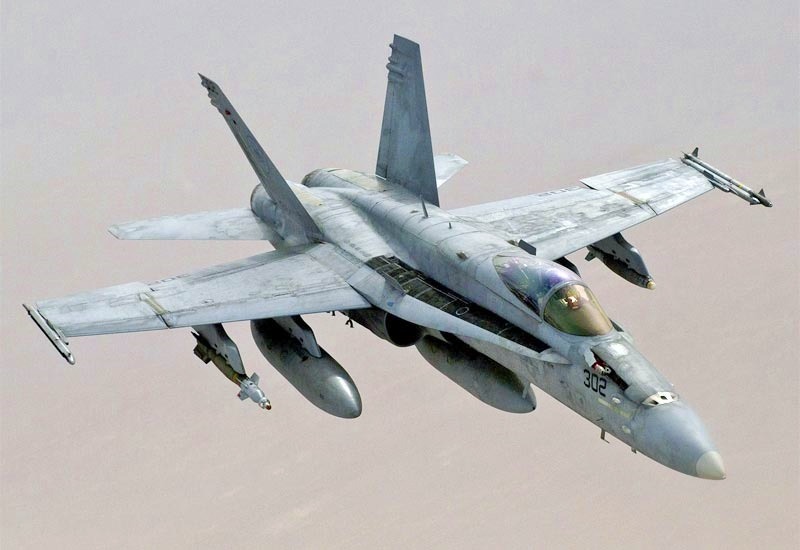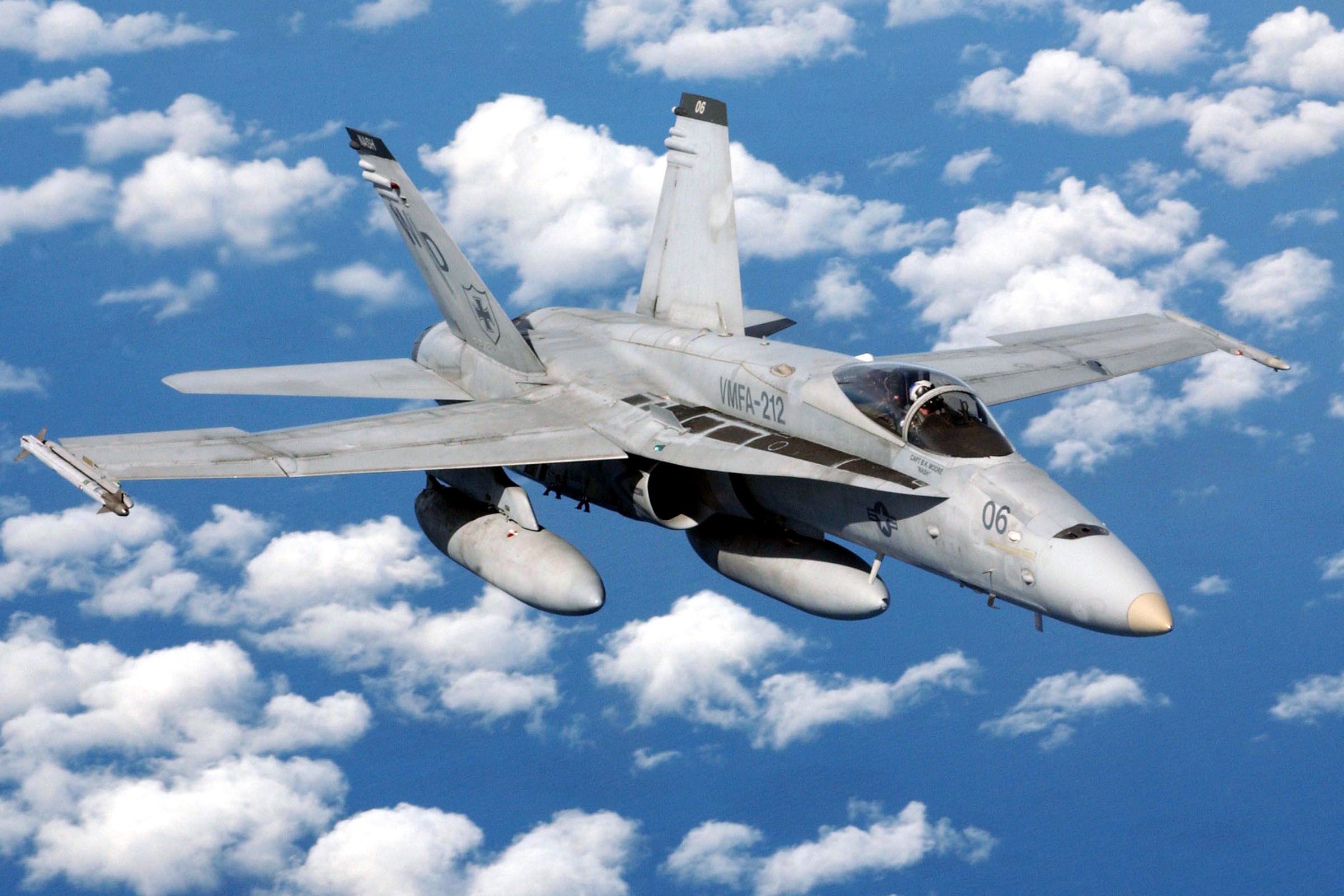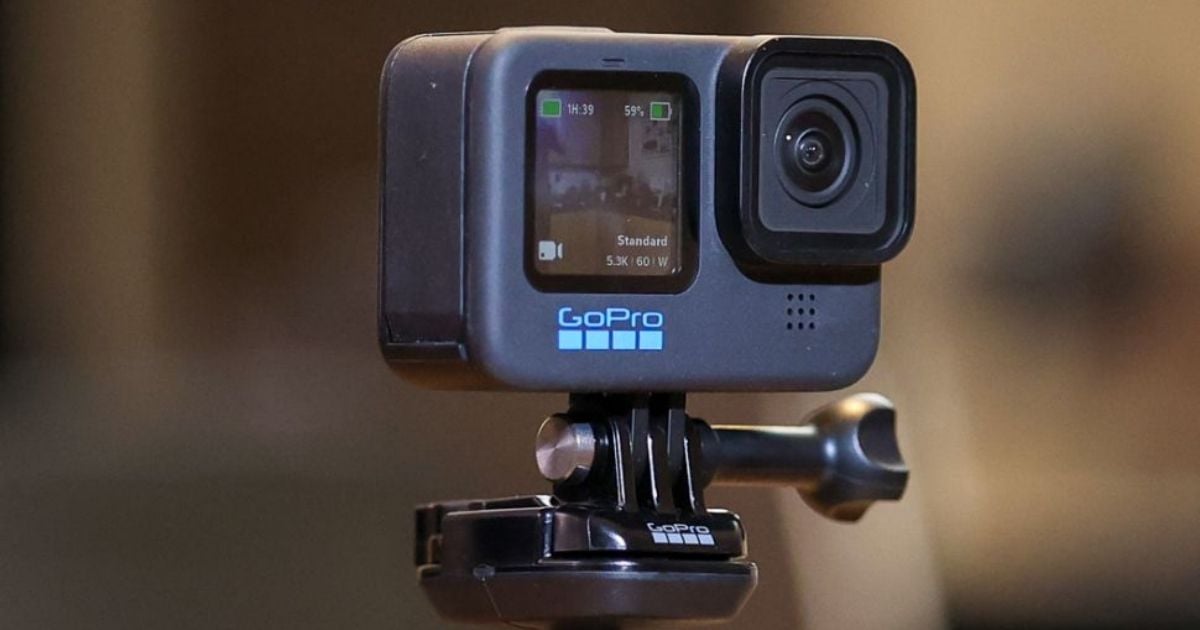With its sleek design and unparalleled performance, the Boeing F/A-18 Hornet has firmly established itself as the backbone of modern carrier aviation. This versatile fighter jet has been the go-to choice for numerous naval forces worldwide, thanks to its exceptional capabilities and advanced technology. Whether it’s air-to-air combat, ground attacks, or reconnaissance missions, the F/A-18 Hornet excels in all facets of aerial warfare.
Engineered by Boeing, a trusted name in aviation, the F/A-18 Hornet combines power, agility, and endurance to deliver unmatched performance on the battlefield. Its twin engines provide the necessary thrust for quick takeoffs and rapid climbs, while its sophisticated avionics system ensures precise targeting and effective weapon deployment. Additionally, the Hornet’s robust airframe enables it to withstand the rigorous demands of carrier operations, making it an ideal choice for deployments on aircraft carriers.
Not only is the F/A-18 Hornet a force to be reckoned with in combat, but its reliability and ease of maintenance make it an invaluable asset for naval aviation units. Its modular design allows for efficient servicing and upgrades, minimizing downtime and maximizing operational readiness. Furthermore, the Hornet’s proven track record of successful missions and its continuous evolution through variants like the Super Hornet confirm its status as the gold standard in carrier-based aircraft.
History and Development of the F/A-18 Hornet
The development of the F/A-18 Hornet was begun in 1968 by what would become McDonnell Douglas, after both the United States Navy and Marine Corps agreed upon a need for a low-cost multi-role carrier-born aircraft to replace its attack aircraft such as A-4 Skyhawk, under which Vought could no longer fulfill. 2) The Navy starts off the Lightweight Fighter (LWF) program in 1975 to field a next-gen smaller, nimbler and more affordable bird than most of its danatoto fighters sitting on the tarmac.
Following a competition to replace the A-4 Skyhawk, both McDonnell Douglas (now Boeing) and General Dynamics (later bought by Lockheed Martin] with its F-16 Fighting Falcon submitted proposals. As a “clean-sheet” design, the Hornet represented an advance over existing Navy fighters with its twin-engines and leading-edge wing extensions for improved high-alpha performance. The first airframe flew in 1978 as a prototype, and the type entered U.S. Navy service in 1983 to become quickly one of that branch’s core components for carrier-based aviation.
The F/A-18 Hornet itself has seen a variety of upgrades and improvements as time’s gone by with the F/A-18E/F Super Hornet being introduced in 1995. With increased range, payload and potential avionics improvements in carrier-based operations the Super Hornet could serve as an even more deadly asset. In the present day, a host of others countries use various versions of Hornet — think Canada (oh yes it does), Australia, Finland and Switzerland to name just four – further asserting its legacy as the world’s first-string carrier flier.

Features and Capabilities of the F/A-18 Hornet
The F/A-18 Hornet is a super versatile fighter, able to tackle most kinds of missions possible (air-to-air combat, ground attack / reconnaissance …). That in turn made the Hornet a fast plane, capable of flying at close to twice the speed of sound–and provided it with plenty more thrust for quick takeoffs, rapid climbs and sustained high-speed air-to-air combat against rivals such as MiG-29s from Russia!
The Hornet airframe is tough, built to handle the demands of carrier operations with a stout landing gear and reinforced fuselage that can endure repeated catapult launches and arrested recoveries. It has a cropped delta wing with leading-edge extensions and an unusual airframe twist, in which the fuselage tilts upwards from the break between the nosewheel doors to underneath its rear (like Concorde). Together these features make it extremely maneuverable yet incredibly stable.
Its avionics suite is equally as impressive, with a cutting edge radar system and advanced electronic warfare systems and sensors. MIDS (Multifunctional Information Distribution System) enables secure data links to other military assets for more situational awareness and better mission coordination. Its modular design also permits rapid maintenance and upgrades to support the operational requirements of a modern carrier air wing, which allows it to outpace potential adversaries in both capability and force projection.
Importance of the F/A-18 Hornet in Carrier Aviation
The F/A-18 Hornet has a storied legacy in carrier aviation. The Hornet, the principal fighter jet of both the U.S. Navy and Marine Corps in achieving over-the-horizon air superiority or power projection from an aircraft carrier represents a crucial asset pair. Such adaptability and inter-operability has ensured that P8 form an important part of carrier strike groups with capabilities to undertake diverse type category mission profiles very effectively.
It is the ability of the Hornet to launch and recover from a carrier’s deck that has makes it so valuable in the context of naval operations. The Hornet’s comparatively short takeoff run and ability to land on carriers make it well suited for operating from the relatively small But three features set aside by ice are designed with in Washington, including its advanced arresting hook systimiliar aircraft carrier size. This capability is vital to the Navy and Marine Corps because it allows them to project power over land via air from the sea, a great strategic benefit that has been proven time-and-time again in numerous military conflicts and operations.
Due to its reliability and ease of maintenance, the Hornet has proven an excellent aviation asset for navy air wings such as JG71. The aircraft features a modular design to facilitate efficient maintenance and upgrades, reducing downtime for the customer while maximizing operational readiness. It has, in turn, made more Hornets available which could be put into action to overall improve the combat capability of carrier strike groups. Combining its extensive combat experience with ongoing improvements through variants such as the Super Hornet, solidifies the type’s standing as a backbone of modern carrier aviation.
Combat Missions and Successes of the F/A-18 Hornet
The F/A-18 Hornet has been a highly-effective multi-role capability demonstrator in the fleet, incorporating true versatility across air-to-air and air-to-ground missions. The Hornet has seen extensive combat service and is known to be a capable performer in the battle space from the Gulf War component through middle eastern conflicts and beyond, lending considerable credibility as an airframe.A favorite among naval forces for its versatility and performance making it one of established best buys.
In the early 1990s, Hornets established air supremacy during operation Desert Storm and carried out precision strikes against selected targets in Iraq. The Hornet’s sophisticated radar and targeting systems, coupled with its maneuverability and power allowed pilots flying it to shoot down enemy aircraft frequently. The Hornet also showed it could perform a mission in one part of the spectrum and agility morph into another role as needed on short notice with that conflict, transitioning from an air-to-air fighter to precision night bombing.
More recently, the Hornet has seen combat in operations in Afghanistan and Iraq. Precision-guided munitions and advanced sensors on the Hornet have been crucial to such operations, providing close-air support ensuring air cover as well as fire support for troops. Its ability to loiter over the battlefield, far more than traditional fighter aircraft (and also carry heavier munitions), and its accuracy in delivering strikes make it an indispensable asset for defeating guerilla forces such as insurgents or terrorist groups: thus enhancing the global firepower of a deployed naval force.

Upgrades and Variants of the F/A-18 Hornet
The F/A-18 Hornet’s enduring success and popularity have led to the development of numerous upgrades and variants over the years, each designed to enhance the aircraft’s capabilities and ensure its continued relevance in the ever-evolving landscape of carrier aviation.
One of the most significant upgrades to the Hornet platform is the introduction of the F/A-18E/F Super Hornet. Developed in the late 1990s, the Super Hornet boasts a larger airframe, more powerful engines, and an enhanced avionics suite, making it an even more formidable asset in carrier-based operations. The Super Hornet’s increased range, payload capacity, and advanced sensors have made it an attractive choice for countries looking to modernize their naval air forces, with several nations, including the United States, Australia, and Kuwait, adopting the variant.
In addition to the Super Hornet, the Hornet family has also seen the introduction of specialized variants, such as the EA-18G Growler, a dedicated electronic warfare aircraft. The Growler is equipped with advanced electronic warfare systems, including jamming pods and radar-suppression capabilities, making it a valuable asset in disrupting and denying enemy air defenses. This variant has been widely adopted by the U.S. Navy and has become an integral part of carrier air wings, providing critical support and protection for strike aircraft.
The continuous evolution of the Hornet platform has not only enhanced its capabilities but also extended its operational lifespan. Through a series of upgrades and modernization efforts, the Hornet has been able to keep pace with the rapidly changing technological landscape, ensuring that it remains a formidable and relevant asset in carrier-based aviation for years to come.
Comparison with Other Aircraft in Carrier Aviation
When it comes to carrier-based aviation, the F/A-18 Hornet stands out as a true leader, outperforming many of its contemporaries in a variety of key areas. One of the Hornet’s primary advantages is its versatility, as it is capable of fulfilling a wide range of mission profiles, from air-to-air combat to ground attack and reconnaissance, making it a valuable asset for naval forces.
In comparison to other carrier-based aircraft, the Hornet’s compact size and robust design give it a distinct advantage in operating from the limited confines of an aircraft carrier’s deck. This capability, combined with its advanced arresting hook system and powerful engines, allows the Hornet to take off and land safely on carriers, even in challenging weather conditions, a critical factor in the success of carrier-based operations.
Another area where the Hornet excels is in its avionics and sensor suite. The aircraft’s sophisticated radar system, advanced electronic warfare capabilities, and comprehensive suite of targeting and navigation systems provide Hornet pilots with unparalleled situational awareness and precision targeting, enabling them to engage and defeat enemy targets with a high degree of accuracy and effectiveness.
While other carrier-based aircraft, such as the F-35C Lightning II, have been introduced in recent years, the Hornet’s proven track record, reliability, and ease of maintenance have ensured that it remains a dominant force in naval aviation. The continuous upgrades and the introduction of variants like the Super Hornet have further solidified the Hornet’s position as the backbone of modern carrier-based aviation, making it a formidable and indispensable asset for naval forces around the world.
Training and Pilot Experience with the F/A-18 Hornet
The F/A-18 Hornet’s success and prominence in carrier aviation are not solely due to its exceptional capabilities, but also the extensive training and experience of the pilots who fly it. The Hornet’s demanding flight characteristics and the unique challenges of carrier-based operations require highly skilled and well-trained pilots to maximize its potential and ensure mission success.
The training process for Hornet pilots begins with a rigorous selection process, where only the most capable and experienced aviators are chosen to fly the aircraft. Once selected, pilots undergo extensive classroom instruction, simulator training, and hands-on flight time to master the Hornet’s complex systems and hone their skills in a wide range of mission scenarios.
One of the key aspects of Hornet pilot training is the emphasis on carrier-based operations. Pilots must become proficient in the intricate procedures and techniques required for safe and successful takeoffs, landings, and in-flight maneuvers while operating from the limited confines of an aircraft carrier. This includes mastering the use of the aircraft’s arresting hook system, as well as developing the reflexes and decision-making skills necessary to handle the high-stress environment of carrier operations.
In addition to their initial training, Hornet pilots must maintain a high level of proficiency through regular practice and ongoing training programs. This includes participation in advanced combat exercises, such as joint training with other military assets and multinational operations, where pilots can hone their skills in realistic, high-intensity scenarios. The dedication and expertise of Hornet pilots are a crucial factor in the aircraft’s success, ensuring that the Hornet’s capabilities are fully realized in the demanding world of carrier-based aviation.

Future Prospects and Developments for the F/A-18 Hornet
As the F/A-18 Hornet continues to serve as the backbone of modern carrier aviation, its future prospects remain bright, with ongoing developments and upgrades ensuring that the aircraft remains a formidable and relevant asset in the years to come.
One of the most significant developments in the Hornet’s future is the ongoing work on the next-generation F/A-XX program, which aims to develop a replacement for the Hornet and the Super Hornet. While the details of this program are still emerging, it is expected to incorporate the latest advancements in aircraft design, avionics, and propulsion technology, ensuring that the U.S. Navy and Marine Corps maintain a cutting-edge carrier-based fighter jet for the foreseeable future.
In the meantime, the Hornet platform is set to undergo a series of upgrades and modernization efforts that will further enhance its capabilities. These include the integration of new sensor systems, advanced electronic warfare capabilities, and improved weapons integration, all of which will ensure that the Hornet remains a formidable and relevant asset in the ever-changing landscape of carrier aviation.
Moreover, the continued international interest in the Hornet, as evidenced by its adoption by numerous naval forces around the world, suggests that the aircraft will maintain a strong presence in the global market for years to come. As countries seek to modernize their carrier-based air power, the Hornet’s proven track record, versatility, and reliability will undoubtedly make it an attractive choice for many nations, further cementing its status as the backbone of modern carrier aviation.
Conclusion: The Enduring Legacy of the F/A-18 Hornet in Modern Carrier Aviation
The Boeing F/A-18 Hornet has firmly established itself as the backbone of modern carrier aviation, a testament to its exceptional capabilities, advanced technology, and enduring legacy. From its inception in the 1970s to its continuous evolution and upgrades, the Hornet has consistently proven itself as a versatile and reliable asset for naval forces around the world.
Whether it’s air-to-air combat, ground attacks, or reconnaissance missions, the Hornet has demonstrated its unparalleled performance and adaptability, making it an indispensable component of carrier strike groups. Its sleek design, powerful engines, and sophisticated avionics suite have earned it the respect and admiration of military aviation enthusiasts and experts alike, solidifying its status as the gold standard in carrier-based aircraft.
As the Hornet continues to serve and evolve, its future prospects remain bright, with ongoing developments and upgrades ensuring that it remains a cutting-edge and relevant asset in the ever-changing landscape of carrier aviation. The dedication and expertise of Hornet pilots, combined with the aircraft’s reliability and ease of maintenance, have further cemented its position as the backbone of modern carrier aviation, a role that it is poised to maintain for years to come. If you like reading this article then please consider reading our article about GRE.



